



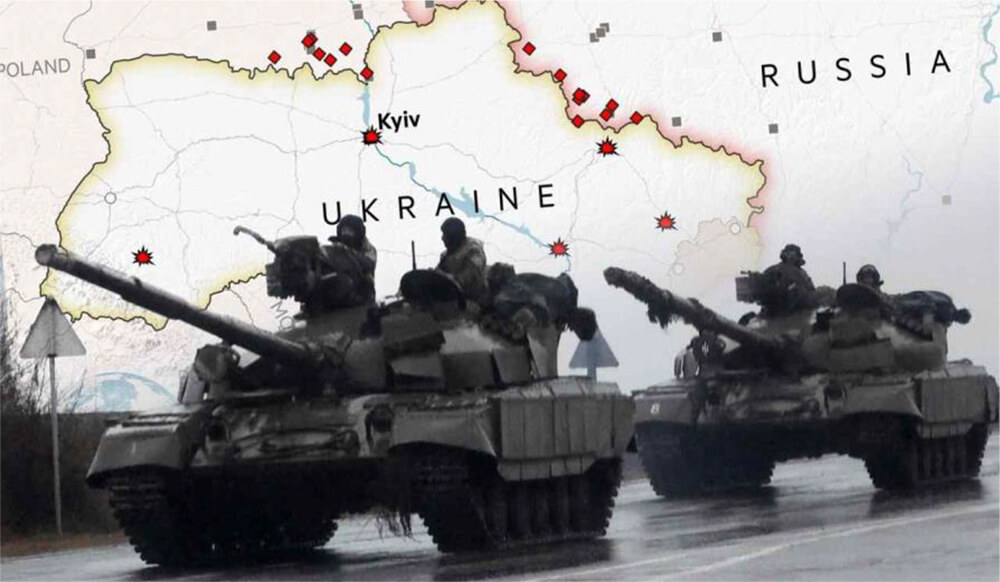
Year and a half in the Russian war in Ukraine, the defending Ukranians are now reconstituting their attrited forces for an imminent counter-attack, which might be the last opportunity the Ukrainian commanders will get to push the occupiers out of the country, before the external support, the country is relying on gets exhausted. The future of the country is hinging on the success of the counter offensive and its success hinges on numerous factors, out of which the ability to perform combined arms maneuver at operational level will be the most important one in order to root out the well entrenched Russians. In this report, we are going over the reasons, why this is impossible without effective external threat landscape management in the fifth domain and why cyber security is going to be absolutely vital for the geopolitical future of Europe.
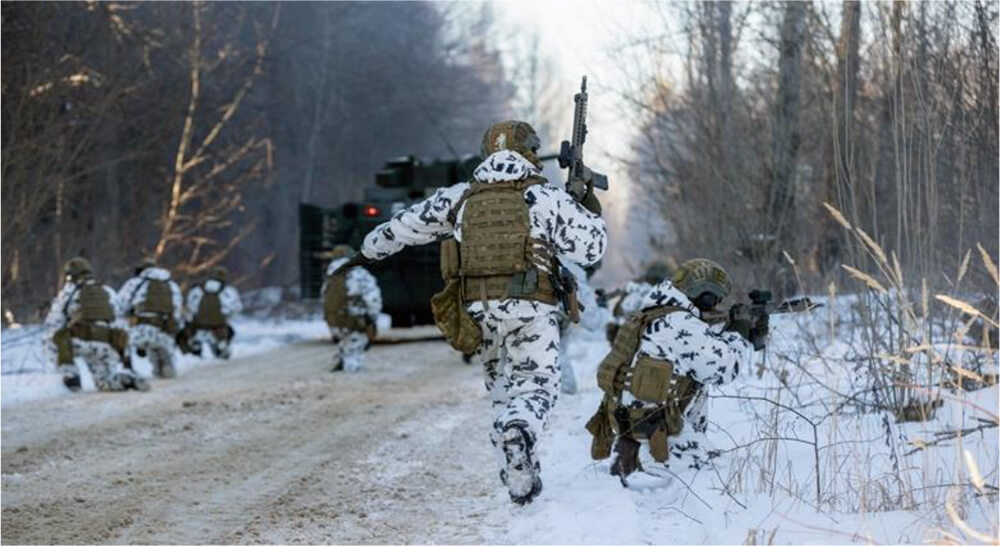
The recently peaked Russian winter/spring offensive, led by Chief of General Staff Valery Gerasimov, using inadequately trained and equipped mobilized personnel and older equipment from the strategic reserves has exhausted Russian capacity for offensive operations for the summer season. This activity has significantly depleted Russia’s offensive capabilities in the ground war, but does not yet pose an obvious risk of exhausting the Russian army to the point of imminent collapse, as it prepares to go on the defensive.
Nevertheless, the eyes of the world are now looking out for the anticipated and announced spring offensive by Ukraine. The Ukrainian army spent the winter in a fierce defense campaign, but also used the past several months undergoing massive mobilization and regeneration, which it desperately needed after the Russian invasion was intercepted, which meant significant losses. Regeneration means not only reconstituting the fighting force with mobilized personnel but also the absorption of Western material aid and relevant training, which at times Ukrainian soldiers have undergone on the territory of NATO countries or at home with the help of NATO instructors.
Key factors for the offensive will be: level of training, armored mobility, artillery, command and control, communications and morale.
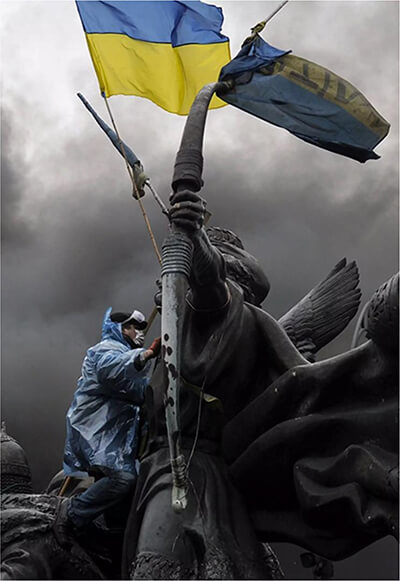
It is the level of training that will matter a great deal; both the Ukrainian and Russian armies are largely composed of mobilized soldiers, and with soldiers with minimal training, it is easier to defend than to attack, as the experience of both sides clearly confirms. The Ukrainian army is certainly not entirely composed of units trained and operating in the Western way; on the contrary, most of these best units have already been badly worn out by the war and many senior officers, especially among the reservists, have not absorbed the change in “staff culture” and are operating in the Soviet way. In a recent interview, changing the learning and adaptation culture in the Ukrainian army towards the Western model is the top priority of the commander-in-chief general Zaluzhnyi.
Neither the Russian, nor the Ukrainian army today are what they were at the beginning of the war. It will be difficult for Ukraine to generate enough forces to establish local numerical superiority, so the Ukrainians will have to rely heavily on the quality that advanced Western systems should bring to overcome Russian depth of defensive positions. But the question is whether there will be enough truly high-quality Western systems, whether they will be delivered on time, and whether the enormous logistical difficulties of using so many different types of equipment can be overcome.
Moreover, contrary to the belief that all the Western material assistance to Ukraine has consisted of new equipment; most of it has been obsolete (but in key cases, still outclassing the equipment the Russians are now bringing out of storage) and its delivery has been delayed by the need to bring vehicles into combat-ready condition. However, in the words of General Christopher Cavoli, Commander-in-Chief of US forces in Europe, Ukraine has already been delivered with almost all the combat vehicles promised by its allies and is materially well prepared for the offensive.
The next key issue will be artillery ammunition. According to educated estimates, Ukraine fires up to 5,000 artillery shells every day, which in peacetime is equivalent to what a smaller country orders from manufactures in an entire year. It is the shortage of artillery shells and Europe’s inaction in increasing production that has long been one of the biggest obstacles to Ukrainian progress, but for the purposes of this offensive, according to US officials, Ukraine is expected to have enough shells at its disposal, so there has likely been a massive “infusion” of ammunition from Western reserves in recent weeks.
Equipment for the offensive is being concentrated in 12 new Ukrainian brigades, each about 4,000 strong, which should already be available in May, according to recently leaked Pentagon documents. NATO allies are then training and arming 9 of these brigades, which Ukraine has built from inexperienced recruits around a small core of seasoned veterans. The brigades have practiced using the new equipment and conducting combined maneuvers, partly on Western training ranges and with Western instructors, but their ability to coordinate and conduct effective combined maneuvers on such a large scale is a great unknown, after such short training in an area so saturated with high-quality Russian electronic warfare.
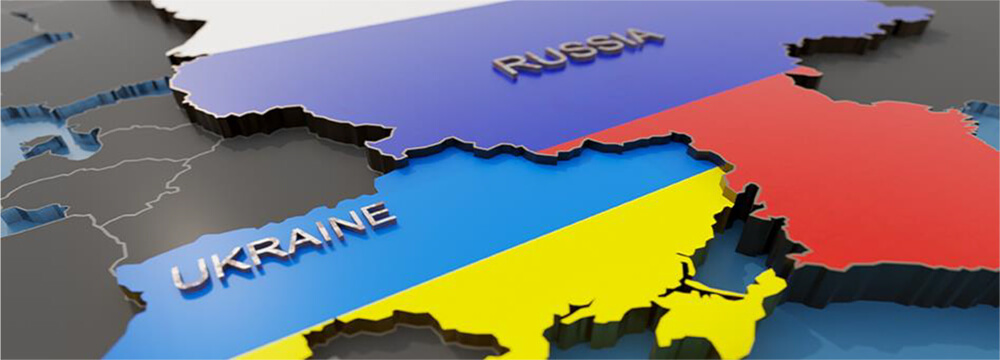
Moreover, since the autumn, the Russians have built hundreds of kilometers of defensive positions, trenches, minefields and roadblocks to try to prevent future Ukrainian counter-attacks, concentrating on the Zaporozhye area, with the logical expected direction of attack being Melitopol, with the aim of cutting off the land route to Crimea. In particular, the south is of considerable economic importance to Ukraine, including the ports, which before the war exported goods, accounting for about half of Ukraine’s foreign income. The south will play a central role in Ukraine’s post-war prosperity and in Russia’s ability to hold the Crimean peninsula it annexed in 2014, which is why the eyes of the world are focused here. The offensive, however, is unlikely to be just one big thrust southwards, but is likely to involve several different axes of attack, as opportunities are also to be found in the east and the Ukrainians will seek to confuse the Russians about their primary intent, just as they did with the surprise offensive on Kharkiv a year ago.
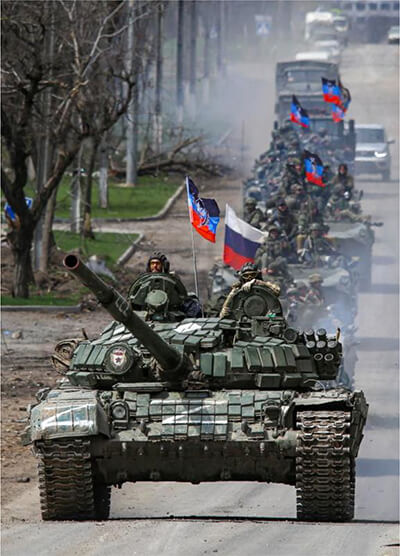
It is not clear, how much the Russian army has exhausted itself over the winter with its unsuccessful and unprepared offensive actions and what the general state of its morale is. The Ukrainian forces do not have an advantage in firepower, and the course of the war so far has shown that waging maneuver warfare on a large scale is quite difficult against prepared defenses and a well entrenched enemy, especially with a significantly inadequate, offensive air component on the part of Ukraine.
In order to break through the Russian line, Ukrainian forces will have to significantly improve, precisely the maneuver component of their campaign and better integrate fires at operational level – that is, not just at the level of small units on a static front, where they have mastered this art to an excellent degree – but which is not enough for a large scale breakthrough.
Any Ukrainian offensive will thus face a very difficult task, considerably more difficult than the successful campaigns around Kherson and Kharkiv. Still, Ukraine has a better chance of achieving a significant breakthrough than Russia did, during its winter offensive, but much will depend on how much the Russians learn from Kherson and Kharkiv and how much the Ukrainians will surprise everyone with their ability to maneuver on a large scale.
A military campaign in the modern era is heavily dependent on prepared cyber defenses, due to the increasing reliance on digital technology and interconnected systems within the military infrastructure. Any large scale offensive thus relies among others on:

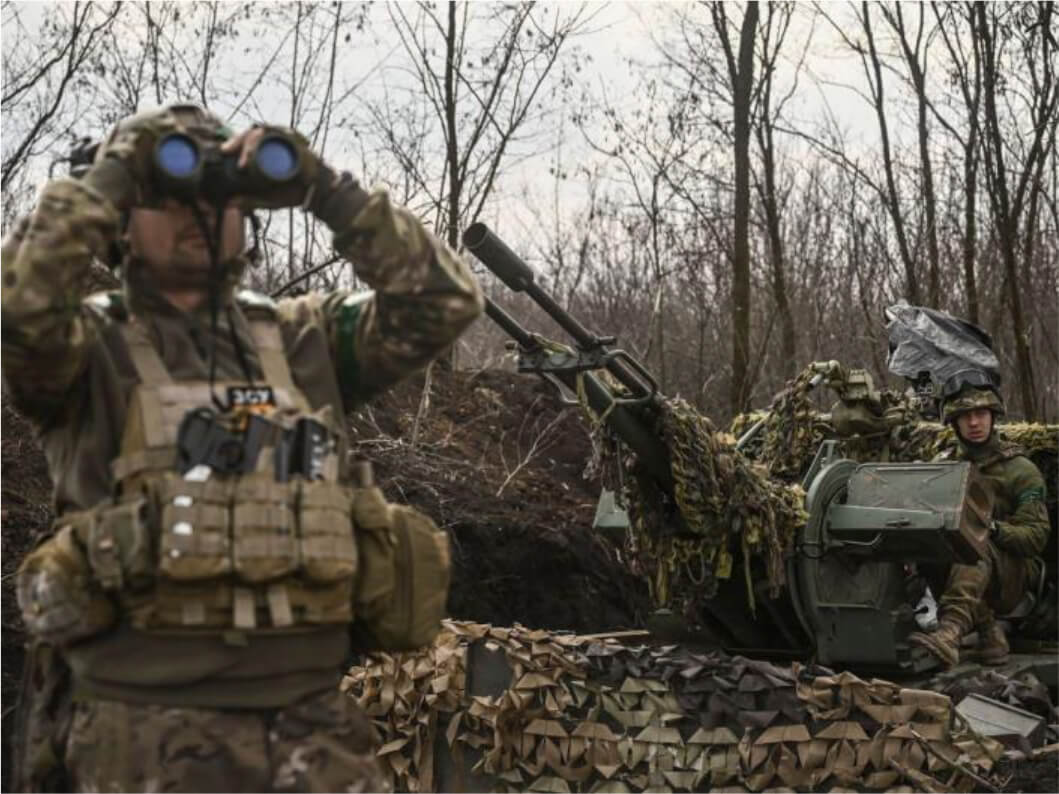
Given the uncertainty about external support, now is probably the best and highest time for Ukraine to regain significant territory, which will affect the postwar order, whatever the outcome of the war. Ukrainian commanders may well not get another chance to win this war in the field. Indeed, if their offensive achieves the same miserable results as the Russian one, then the shares of those who argue for an “inevitable stalemate” will rise to a very critical level and the political pressure for an early “settlement” of the conflict, on the basis of the current division of territory will rise high, limiting the prospects for obtaining further significant military assistance.
In this respect, the first objective of the Ukrainian offensive is to demonstrate to its international supporters that Ukraine is further ahead of the game and that continued investment in its offensive capabilities makes sense. This would require the liberation of a significant chunk of territory, although it is unlikely that the Russians could be persuaded to end the occupation.
The upcoming Ukrainian offensive could thus be the decisive phase of the war for this year. This spring, summer, and fall, Ukraine has a chance to change geopolitics for a generation, but in order to do so, its cyberdefenses have to be ready to contain and deflect any Russian plans to disrupt logistics, command & control, communications or other basic functions of the state and the army1.